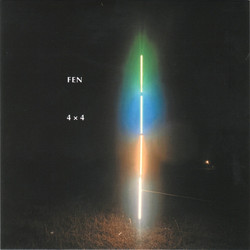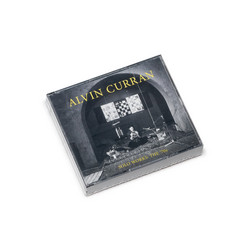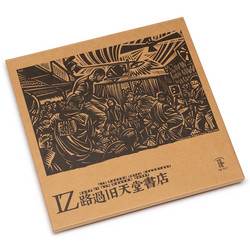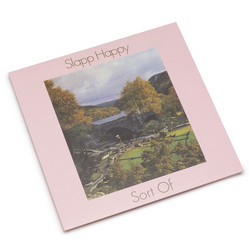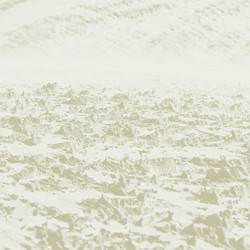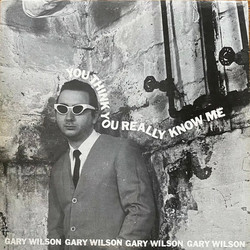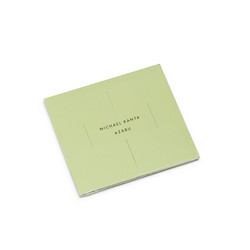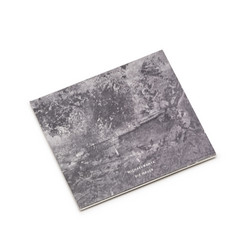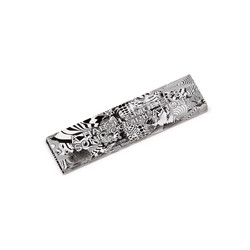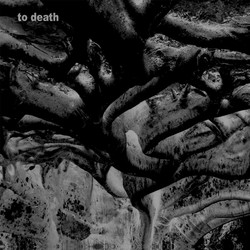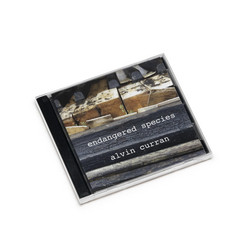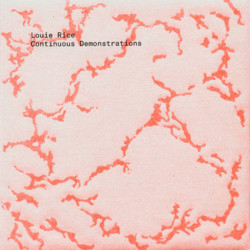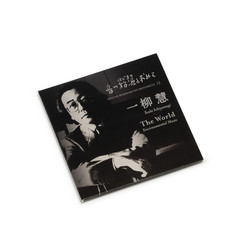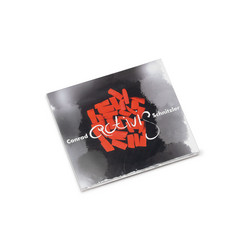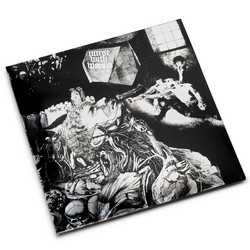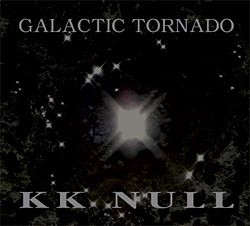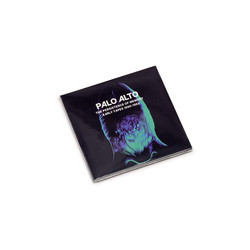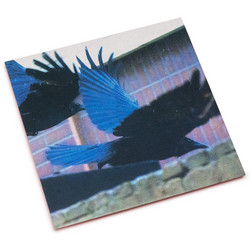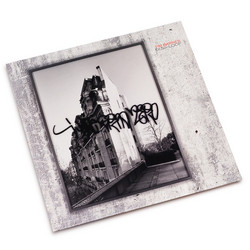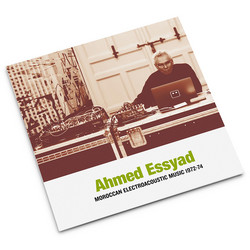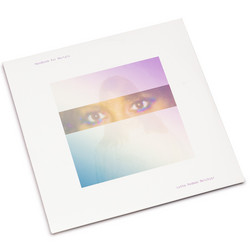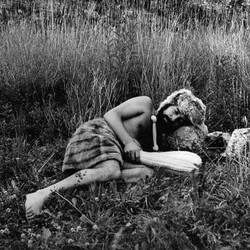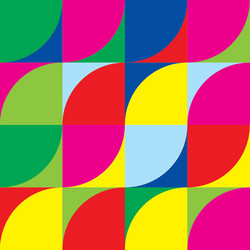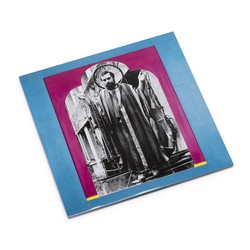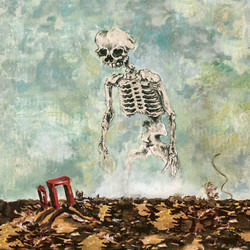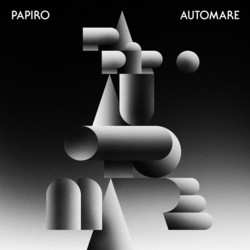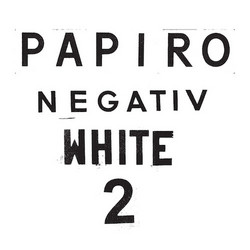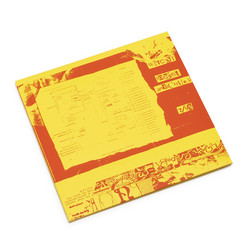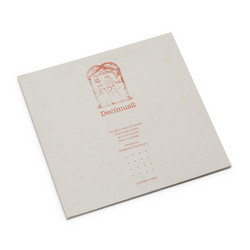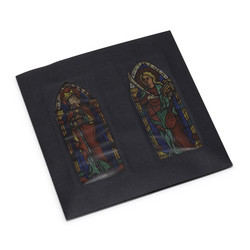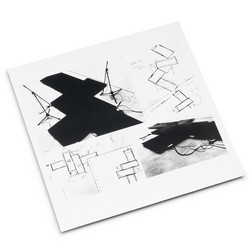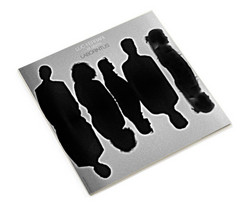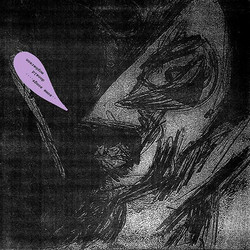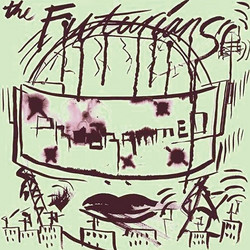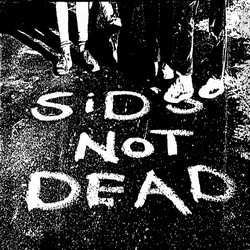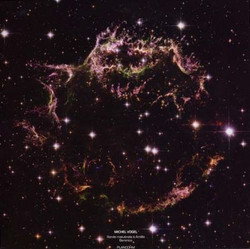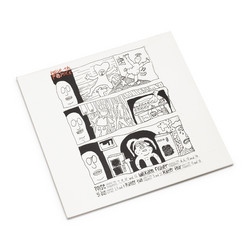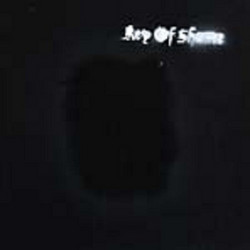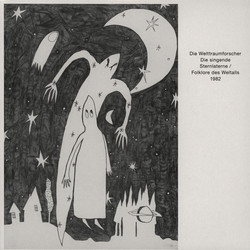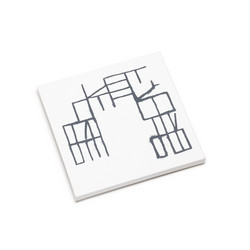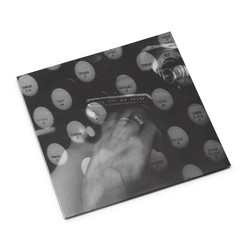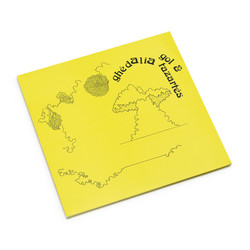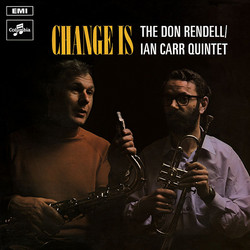This temporarily super discounted bundle includes both the album in the Papiro diptych released by Planam:
Papiro "Con un occhio aperto" (LP)
Almost a decade on from his last full length for the label, the religiously themed “Teopatia”, Marco Papiro returns to Planam with “Con un occhio aperto”, his most challenging and ambitious work to date. Known as one of the most dedicated contemporary investigators of the potential of analogue synthesizers, the musicality and personal touch of Papiro’s work stand apart from a field dominated by gear fetishism and nostalgia. In recent years, one of the unique ingredients of Papiro’s music has been his use of synthesised human voices, often lending his productions a dimension of uncanniness. Here, he pushes this aspect of his work much further, presenting a suite of four pieces where most listeners would be hard pressed to trace the sounds they hear back to electronic sources. The opening title piece, “Con un occhio aperto” (i.e. “With One Eye Open”), begins with metallic textures, similar to bowed cymbals or gongs, which are soon joined by waves of percussive sound, both drum-like and metallic. Irregularly rising to the surface and receding into the background, at times reminiscent of natural rhythms of rain, wind, or sea, these percussive textures are accompanied by haunting voice-like tones, at once strikingly realistic and disorienting in their non-human patterns of articulation and attack.
Like the voices, the percussive sounds can at times be almost indistinguishable from real cowbells, gongs, or hand drums, precisely mimicking their attack, decay, resonance, and spatial diffusion. At the same time, however, they possess an unsettling, unreal quality, producing in the listener a feeling of disorientation that Papiro links to dreams. Perhaps the closest parallel to these overlapping waves of rattling, pulsating percussive sounds and eerie extended tones is Jon Gibson’s classic “Visitations”, where the line between instrumental, electronic, and natural sound is blurred in a mesmerising drift. Here, the ambiguity is heightened even further through the electronic origins of the seemingly acoustic sounds.
On “La caverna” (i.e. “The Cavern”) and “Superfici” (i.e. “Surfaces”), Papiro continues the exploration of synthetic textures, but in a more monolithic direction. On “La caverna”, we are treated to shimmering, glassy overtones, patiently sounded over a mysterious burble of clicks and pops. On “Superfici”, the complex resonance of synthetic bells conjures an atmosphere of ritual or meditation. In both pieces, the slow movement and sustained focus on unstable harmonic phenomenon comes across almost as a kind of otherworldly take on Romanian Spectralism, cleansing the ears for the luscious closing epic, “Vita segreta dei peli” (i.e. “The Secret Life Of Hairs”). Rich, piano-like chiming tones form the foundation of the piece, slowly repeating melodic patterns until they are gradually transformed in the closing moments into something closer to bowed strings. Threaded through this hypnotic arrangement, we hear, for the first time on the record, recognisable synthesizer figures, alongside long tones performed on alto flute and bass clarinet by Christoph Bösch and Toshiko Sakakibara (members of Basel’s Ensemble Phoenix). While entirely in keeping with the restrained, uncanny sound world of the remainder of the LP, this closing piece has a gently psychedelic quality, something like a slowed-down, stretched-out take on Franco Battiato’s “Sulle corde di Aries”.
Like “Teopatia”, “Con un occhio aperto” arrives in a sleeve bearing beautiful and comical self-portrait photographs of his father. While on the earlier release, he styles himself as a saint, here he appears as a fur-clad hunter: a fitting image for this singular, exploratory music, which, like the photographs, is at once playful and primal.
Papiro "Teopatia" (LP)
The subtitle of this album describes it as "Messa in scena arcaica per strumenti elettronici e voci ingannevoli" -- a play on words which could be translated as "Mass in an archaic scene (or archaic enactment) for electronic instruments and deceptive voices." The Italian graphic designer and musician Marco Papiro deliberately plays with different forms of religious music, and loosely oscillates between the spiritual and the illusory world, starting with the cover, where we can see a self-portrait of his father disguised as a saint with a steering wheel in place of the halo. As for the voices, they are deceptive in a double sense -- not only because they seem to promise eternal bliss, but also because they are completely artificial, and have been masterfully created -- like everything here -- from scratch, with an array of aged modular synthesizers. It's the thin line between the human warmth and the eeriness of its simulation that makes up the fascination of the music on Teopatia, which, by the way, is the term used to describe an indirect divine contact. Though this record might be too odd to become a religious classic, it might very well help future generations understand the turmoil of an early 21st-century youth converting to synthesizers after growing up with Catholicism.
